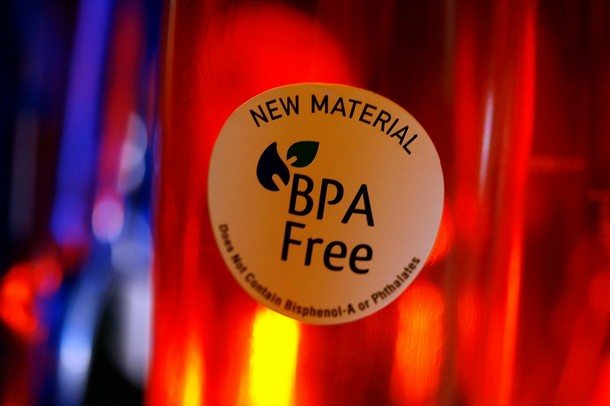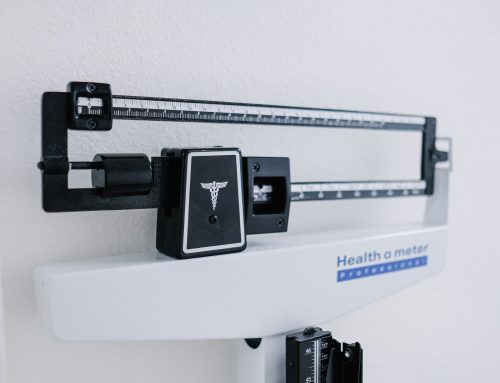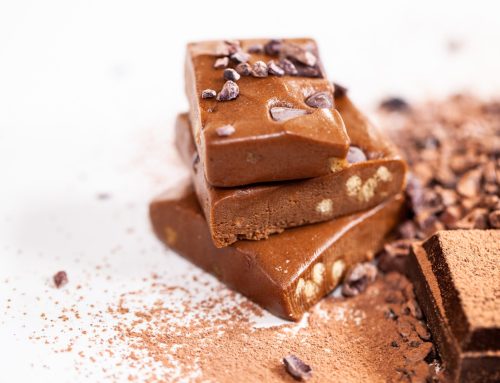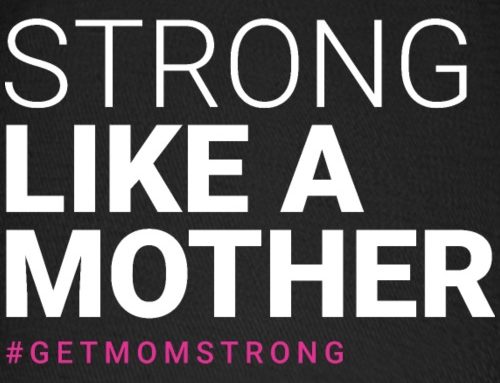Concerns about plastic contamination in food, have been on my radar since I was pretty young. My mom was always insistent about not microwaving anything in plastic. This was before warnings about BPA and before BPA free plastics. She knew it was a bad idea, despite the “microwave safe” claims. I’m pretty skeptical of FDA regulated testing these days, so I can’t really get behind the idea that companies are being honest about their testing of leaching chemicals, and product safety concerns. I have seen a few studies that tested for BPA in foods microwaved in “microwave safe” plastic, but they don’t mention testing for any of the other chemicals in the plastic. It took ages for companies to take action on reducing BPA due to safety concerns, I can’t help but wonder what the replacement for this compound is, and if it’s any safer? Well, the answer is “probably not.” Check out this article about the dangers of both BPA, and it’s replacement, BPS.
You can also see what Consumer Reports has to say on this topic.
To summarize, here are a few of the concerns with BPA and BPS contamination:
- Endocrine (hormone) disruption, which can play a role in infertility
- The populations most affected are fetuses, babies and children
- Can negatively impact the gut microbial amino acid metabolism, in a way that’s been associated with IBD (Crohn’s Disease and Colitis).
- Associated with diabetes and obesity
- Factors that are known to increase the chemical leaching potential in food, include the acidity and fat content of the contacted food and temperature of the food. The hotter the food, the more contamination.
How to Reduce Your Exposure
With this current information, I think it’s a good idea to mitigate the potentially harmful effects of plastic chemicals by doing what we can to avoid and decrease exposure.
- I’ve been using glass containers like these, for a few years now. They’re great for putting your hot food in, and freezing or microwaving. (You can also find them at Marshalls, TJ Max, and BJ’s). If I have cold, non acidic food, I’m more likely to put that in plastic tupperware, if need be.
- Be on the lookout for prepackaged vegetables or “ready made” meals, that advise to microwave, boil, steam or bake in the packaging. Simply take the contents out and steam with a metal steamer basket on the stove. Alternately, you could put the food in a ceramic bowl with a plate on top, to microwave.
- Drink from stainless steel or glass bottles, when possible.
- Be aware of canned products (the liners often have BPA or BPS) and plastic jars and containers that you buy your food in. If possible, opt for foods sold in glass containers.
- Store foods in reusable silicone bags like these, or glass containers, instead of plastic bags.
- Receipts contain BPA. Ask for the cashier to throw it away, if you don’t need it.
 My office is open for in-person and virtual appointments. Here is the
My office is open for in-person and virtual appointments. Here is the 



